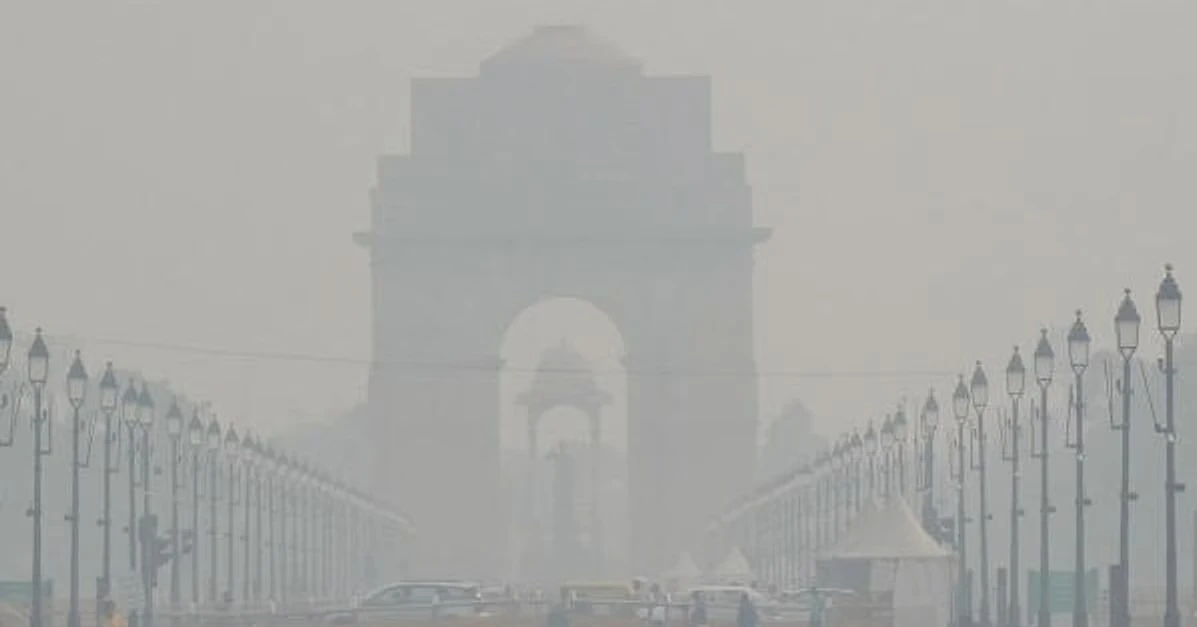New Delhi plans to drone flights to tackle worsening smog crisis

Stay tuned with 24 News HD Android App

India's capital unveiled plans Friday to fly special drones to clear pollution from its smog-choked skies -- a plan derided by experts as another "band-aid" solution to a public health crisis.
New Delhi and the surrounding metropolitan area, home to more than 30 million people, consistently tops world rankings for air pollution in winter.
The smog is blamed for thousands of premature deaths each year and is an annual source of misery for the capital's residents, with various piecemeal government initiatives failing to measurably address the problem.
Friday marked the start of a trial for an aerial drone tasked with flying around the city's pollution hotspots to spray water mist in an effort to clear dust and harmful particulate matter from the air.
"We have been examining different technological solutions and best practices from across the world," Delhi environment minister Gopal Rai said after launching the initiative.
"This one drone is part of a pilot project by a company. We will study, and if it succeeds, we will take this forward."
Rai said that once the trial was over, the Delhi government would issue a tender to purchase two more drones.
If implemented, the three drones would be responsible for mitigating air pollution across a city that stretches across 1,500 square kilometres (580 square miles) -- around the same size as greater London.
A technician at the site, speaking to AFP on condition of anonymity, said the drones carried a maximum 16 litres (4.2 gallons) of water and could only operate for a few minutes at a time before they needed to be refilled.
"But these are not the solution to air pollution," Sunil Dahiya of advocacy group Envirocatalysts told AFP. "These are band-aid solutions."
Prior government efforts to mitigate the smog, such as a public campaign encouraging drivers to turn off their engines at traffic lights, have failed to make an impact in the city.
Delhi opened a "smog tower" -- a 25-metre (82-foot) tower in the city centre containing fans that were touted as filtering 1,000 cubic metres of air per second -- to much fanfare in 2021.
The project was panned by experts when it was launched and is no longer operational.
"Cutting emissions at the sources of the pollution is more important," Anumita Roychowdhury, executive director of the Centre for Science and Environment in New Delhi, told AFP.
"We have enough studies to show that vehicles, industry, and construction are the areas that need intervention to tackle the issue."
The level of PM2.5 particles -- the smallest and most harmful, which can enter the bloodstream -- registered above 300 micrograms per cubic metre in Delhi this week, according to monitoring firm IQAir.
That is 20 times the daily maximum recommended by the World Health Organization.
